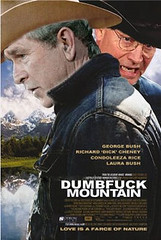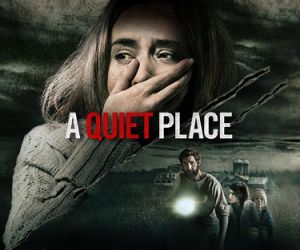
In the fast-paced world of digital communication and engaging content, precision in language is more crucial than ever. Misunderstandings can spread like wildfire, especially when it comes to words that sound similar but carry vastly different weight. Among the most commonly confused pairs are ‘worse’ and ‘worst,’ two words that, while closely related, serve distinct grammatical purposes and convey very different degrees of negativity. Getting them right isn’t just about sounding smart; it’s about conveying your critical insights with undeniable clarity.
Indeed, these words are extremely useful. They are often the best way we can indicate that something is, well, more bad or most bad. But because they look and sound so similar, it can be easy to mix them up, especially in certain expressions. This isn’t just a minor linguistic quibble; for anyone aiming to analyze or critique, whether it’s the narrative choices in a blockbuster film or the quality of a new gaming release, understanding these nuances is key to delivering a truly impactful message.
This in-depth guide is designed to cut through the confusion, offering a comprehensive breakdown of ‘worse’ and ‘worst’ that goes beyond surface-level definitions. We’ll explore their grammatical roles, their specific contexts of use, and delve into common idiomatic expressions where these words often cause a stumble. Prepare to sharpen your linguistic skills and never second-guess your choice between ‘worse’ and ‘worst’ again.

1. **The Core Difference: Comparative vs. Superlative**At the heart of distinguishing ‘worse’ and ‘worst’ lies their fundamental grammatical classification: one is a comparative adjective, and the other is a superlative. Both are, in essence, different forms of the adjective ‘bad,’ but they convey different levels of intensity. Understanding this core distinction is the first and most critical step toward mastering their correct usage.
‘Worse’ is what’s called the comparative form. It basically means ‘more bad.’ This form is typically used when you are comparing two distinct things or situations. Think of it as a direct, one-to-one comparison where you are indicating that one entity is of a lower quality, less desirable, or in a more negative state than the other. It suggests a negative change or deterioration when placed against a single point of reference.
Conversely, ‘worst’ is the superlative form. This signifies ‘most bad.’ The superlative is employed when you are comparing more than two things, or when you are stating that something is the most extreme out of every possible option. It identifies the absolute lowest quality, the least desirable condition, or the most negative state within an entire group or category. ‘Worst’ truly represents the pinnacle of negativity on a given scale.
This crucial difference means that while ‘worse’ establishes a clear ranking between two items, ‘worst’ declares one item as unparalleled in its degree of ‘badness’ among a larger set. Grasping this distinction between comparing ‘two’ versus ‘more than two’ is foundational to avoiding common errors and communicating with precision.
Read more about: Mastering ‘Worst’: Your Essential Guide to Deciphering Quality and Avoiding the Absolute Least Desirable Outcomes

2. **Worse: Comparing Just Two Things**To truly nail down the usage of ‘worse,’ remember its primary function: comparing only two things. When you want to express that one situation, object, or state is inferior, less desirable, or in a more negative condition *relative to one other thing*, ‘worse’ is the word you need. It highlights a direct, bilateral comparison, indicating a decline or a lower standard.
The context explicitly states, ‘Worse is used when making a comparison to only one other thing.’ This is a golden rule to internalize. For instance, if you’re evaluating two different paint colors on a wall, you might conclude: ‘I think the pink paint looks worse on the wall than the red paint did.’ Here, the pink paint is being compared solely to the red paint, establishing which of the two is ‘more bad’ in appearance.
Furthermore, ‘worse’ is perfect for describing a negative change over time when comparing two points. The text provides an excellent illustration: ‘Your breath is bad, but mine is worse’ or ‘The situation was bad and it just got worse.’ In these examples, ‘worse’ effectively conveys a deterioration from a previous state or a direct comparison to a single other instance. It’s about a clear shift downwards on a two-point scale.
Consider Briony’s cold, mentioned in the examples. ‘Briony’s cold got worse after a few days, so she had to see a doctor.’ Here, the cold’s current state (‘after a few days’) is being compared to its previous state, showing a decline in condition. The pain in one’s foot today might be ‘worse today than yesterday,’ indicating a negative progression when comparing two specific points in time.

3. **Worst: The Absolute Extreme (Three or More)**When the discussion moves beyond a simple two-way comparison and involves three or more entities, or the absolute lowest point of a scale, ‘worst’ steps into the spotlight. As the superlative form, ‘worst’ is employed to denote the most negative or inferior condition among a group. It asserts that something has reached the ultimate degree of ‘badness,’ outperforming all other contenders in its negativity.
As the source material clearly defines, ‘Worst is used in comparisons of more than two things.’ This means that when you are evaluating a collection of items—be it movie performances, exam scores, or even types of weather—and identifying one as unequivocally the lowest in quality or desirability, ‘worst’ is the correct choice. It functions as the ultimate descriptor for something that is ‘most bad’ within its category.
Imagine a scenario with multiple participants, such as a race. ‘Debra Deer had a worse finishing time than Charlie Cheetah, but Sam Sloth had the worst time by far.’ In this comparison, Sam Sloth’s time is not just ‘worse’ than one other runner’s; it is the absolute slowest, ranking him at the bottom of the entire group. This clearly illustrates ‘worst’ being used to identify the single most extreme outcome among several options.
Furthermore, ‘worst’ isn’t limited to comparisons of explicit groups. It can also describe something as the most extreme out of every *possible* option. For instance, ‘That was the worst idea I have ever heard’ implies that out of all ideas, past, present, and conceivable, this one holds the lowest possible merit. It’s the bottom of the barrel, the absolute nadir, leaving no room for a ‘more bad’ alternative in that specific context.
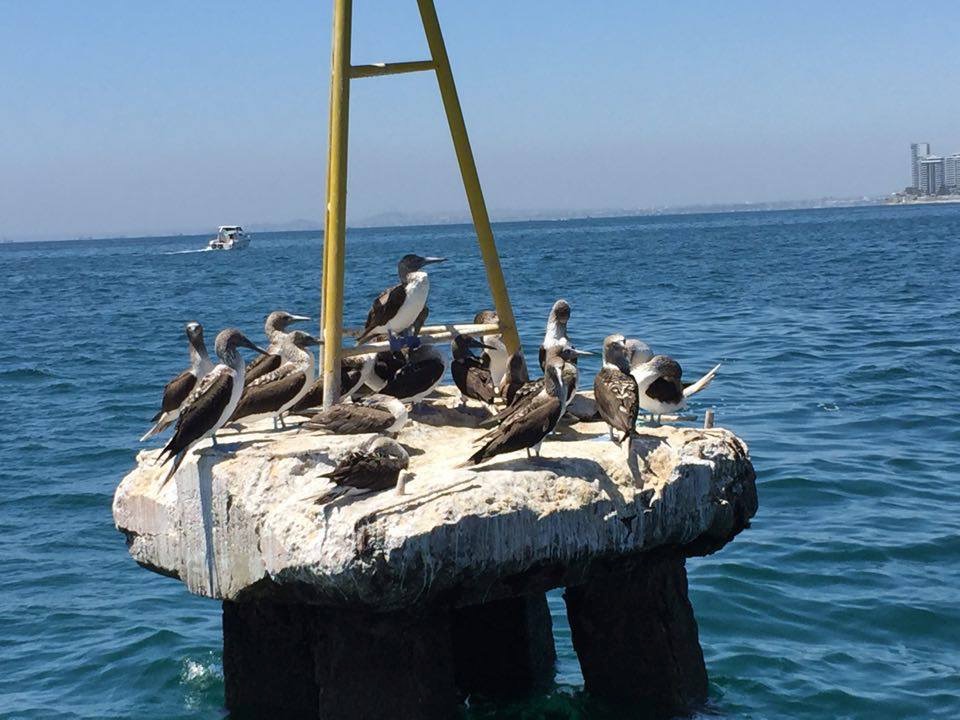
4. **The ‘Bad, Worse, Worst’ Spectrum (and ‘Good, Better, Best’)**Understanding ‘worse’ and ‘worst’ becomes even clearer when you view them as part of a spectrum originating from the word ‘bad,’ much like ‘good’ leads to ‘better’ and ‘best.’ This parallel between positive and negative adjectives provides a powerful mnemonic for remembering their usage. Just as ‘better’ is the comparative of ‘good’ and ‘best’ is the superlative, ‘worse’ and ‘worst’ follow an identical structure for ‘bad.’
In most cases, comparative adjectives are formed by adding ‘-er’ to the end of the word (like ‘faster,’ ‘smarter’) or by preceding it with ‘more’ or ‘less’ (e.g., ‘more impressive’). Superlatives typically involve adding ‘-est’ (such as ‘fastest,’ ‘smartest’) or using ‘most’ or ‘least’ before the adjective (like ‘most impressive’). However, ‘bad,’ ‘worse,’ and ‘worst’ are irregular forms, meaning they don’t strictly adhere to these common patterns.
Despite their irregularity, a remnant of the standard superlative ending can still be observed: ‘worst’ and ‘best’ both conclude with ‘-est.’ This subtle similarity can serve as a helpful mental hook. Noticing that ‘worst’ shares this ending with other superlatives like ‘fastest’ can reinforce its role as the ‘most bad’ form, signaling its use when identifying the ultimate extreme within a group.
Therefore, by aligning the ‘bad, worse, worst’ progression with the more intuitive ‘good, better, best’ sequence, you can solidify your understanding. When considering two options, you ask if one is ‘better’ or ‘worse.’ When assessing a multitude, you determine which is the ‘best’ or the ‘worst.’ This direct analogy simplifies a potentially confusing aspect of English grammar, making it more accessible for everyday use and critical analysis.
Read more about: 8 Grammatical Blunders Worse Than Any Pontiac: Mastering ‘Worse’ and ‘Worst’ for Peak Precision

5. **Unpacking the “From Bad to Worse” Idiom**Idiomatic expressions often present unique challenges when it comes to word choice, and the phrase ‘from bad to worse’ is a prime example where understanding ‘worse’ is essential. This common idiom carries a specific meaning that requires the comparative form, ‘worse,’ for its accuracy and impact. It describes a situation that began negatively and has progressively declined even further, signifying a continuous deterioration.
The context clearly defines this idiom: ‘Worse is used in the expression from bad to worse, which means that something started bad and has only deteriorated in quality or condition.’ The key here is the ongoing process of decline. The situation doesn’t jump straight to the ‘worst’ possible state; rather, it moves from an already ‘bad’ condition to a condition that is ‘more bad’ or ‘worse’ than its initial state. It’s a journey down a slippery slope.
The example provided illustrates this perfectly: ‘My handwriting has gone from bad to worse since I graduated high school.’ Here, the handwriting was already considered ‘bad’ at graduation. Since then, it has continued to decline, becoming ‘more bad’—or ‘worse’—over time. The idiom captures this trajectory of worsening quality, emphasizing a comparison between two sequential states of undesirability.
Using ‘worst’ in this idiom (‘from bad to worst’) would fundamentally alter its meaning, implying an instantaneous jump to the absolute lowest possible point, which is not what the expression conveys. The beauty of ‘from bad to worse’ lies in its description of a gradual, yet persistent, negative progression. It’s a comparative statement about how things have developed relative to an earlier, already unfavorable, benchmark.
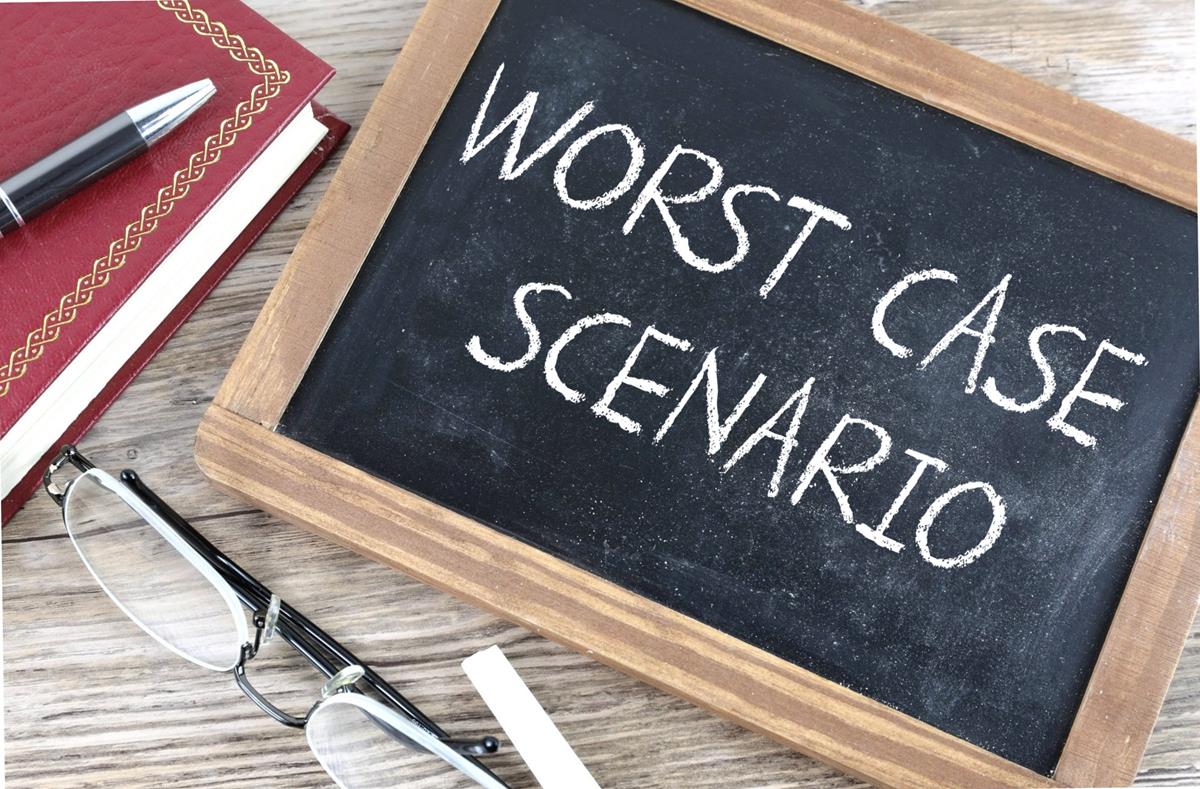
6. **Deciphering “Worst Case” and “Worst-Case Scenario”**Among the expressions that frequently lead to confusion between ‘worse’ and ‘worst’ are ‘worst case’ and ‘worst-case scenario.’ These phrases are idiomatic and refer specifically to the most severe or dire possible outcome, which necessitates the use of the superlative form, ‘worst.’ It’s a scenario that is literally “as bad as possible” compared to any other conceivable situation.
The context explicitly states: ‘The phrase worst case is used in the two idiomatic expressions: in the worst case and worst-case scenario. Both of these phrases refer to a situation that is as bad as possible compared to any other possible situation, which is why it uses the superlative form worst.’ This highlights that these are fixed phrases where ‘worst’ is non-negotiable for expressing the ultimate negative extreme.
Consider the provided examples: ‘In the worst case, the beams will collapse instantly.’ This isn’t just one bad possibility among others; it’s the absolute most catastrophic outcome. Similarly, ‘This isn’t what we expect to happen—it’s just the worst-case scenario’ emphasizes that the situation described is the direst possible outcome, the bottom of the scale of potential problems. ‘Worst’ is used here to encompass all other less severe possibilities and identify the single most extreme one.
While it’s grammatically possible for ‘worse’ and ‘case’ to appear together in a sentence—for example, ‘Jacob had a worse case of bronchitis than Melanie did’—this is not an idiomatic expression. In such instances, ‘worse case’ functions as a comparative phrase, contrasting two specific cases (Jacob’s bronchitis vs. Melanie’s). However, when referring to the most extreme, hypothetical negative outcome, it is always ‘worst case’ or ‘worst-case scenario,’ cementing ‘worst’ as the definitive choice for ultimate peril.
Read more about: 8 Grammatical Blunders Worse Than Any Pontiac: Mastering ‘Worse’ and ‘Worst’ for Peak Precision
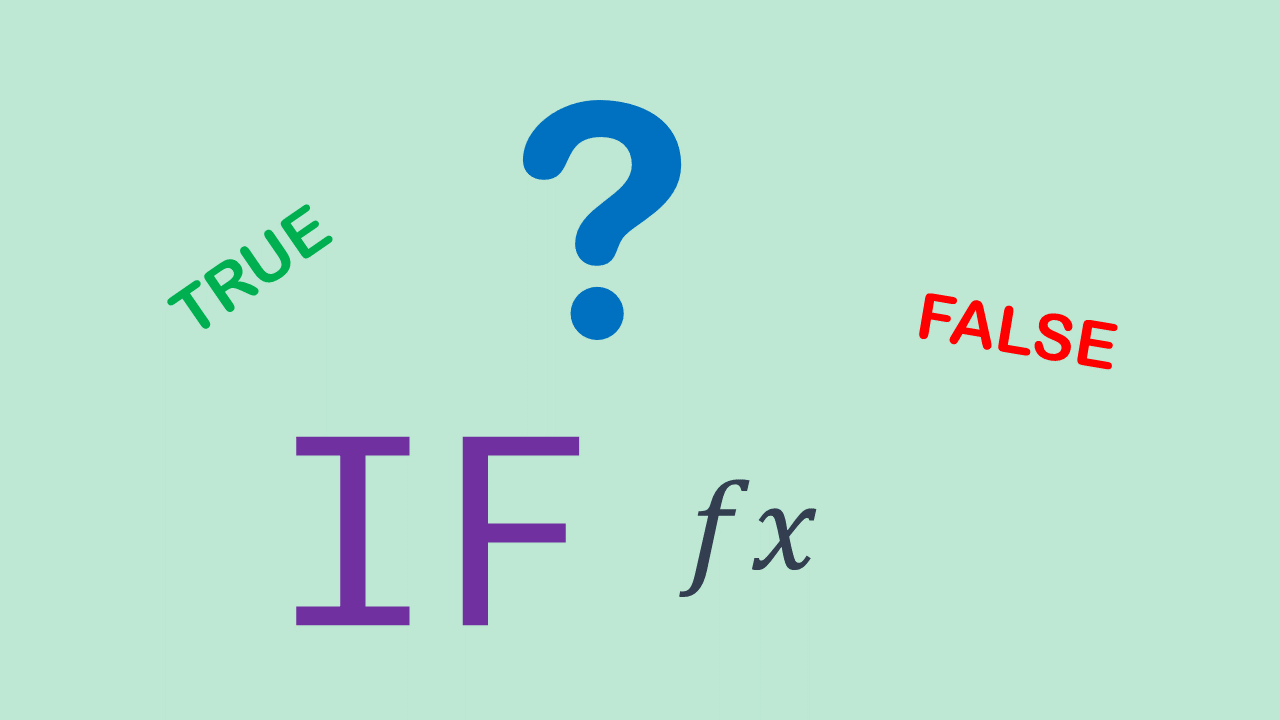
7. **”If Worse Comes to Worst” vs. “If Worst Comes to Worst”: Unraveling the Idiom**Navigating the intricacies of English idioms can often feel like traversing a linguistic minefield, and the expression concerning dire outcomes is no exception. We often hear two very similar versions: “if worse comes to worst” and “if worst comes to worst.” Both phrases aim to convey the same underlying meaning—that is, “if the worst possible outcome happens.” Yet, their subtle differences in construction reflect a fascinating linguistic quirk.
The context reveals that “if worst comes to worst” is actually the more commonly used version, despite some arguments that “if worse comes to worst” might make more logical sense. This common usage highlights how language can evolve and prioritize convention over strict grammatical adherence, particularly within idiomatic expressions. Both forms, however, consistently appear alongside a proposed solution or contingency plan, underscoring their function as a preamble to strategic thinking in challenging circumstances.
For instance, consider a scenario where alternative plans are crucial: “If worse comes to worst and every door is locked, we’ll get in by opening a window.” This example effectively illustrates the phrase setting up the direst possible problem, immediately followed by a practical resolution. Similarly, when preparing for unpredictable weather, one might declare: “I’m going to try to make it to the store before the storm starts, but if worst comes to worst, I’ll at least have my umbrella with me.” These examples clarify that regardless of which version is chosen, the idiom serves to acknowledge extreme difficulty while simultaneously planning for it.
The very existence of these two closely related, yet distinct, phrases underscores the fluid nature of language. While one form might be more prevalent, both are understood to signal an ultimate point of difficulty, prompting listeners or readers to prepare for the most undesirable outcome. It’s a testament to the dynamic evolution of idiomatic English, where meaning can sometimes supersede what might initially appear to be the most grammatically precise choice.
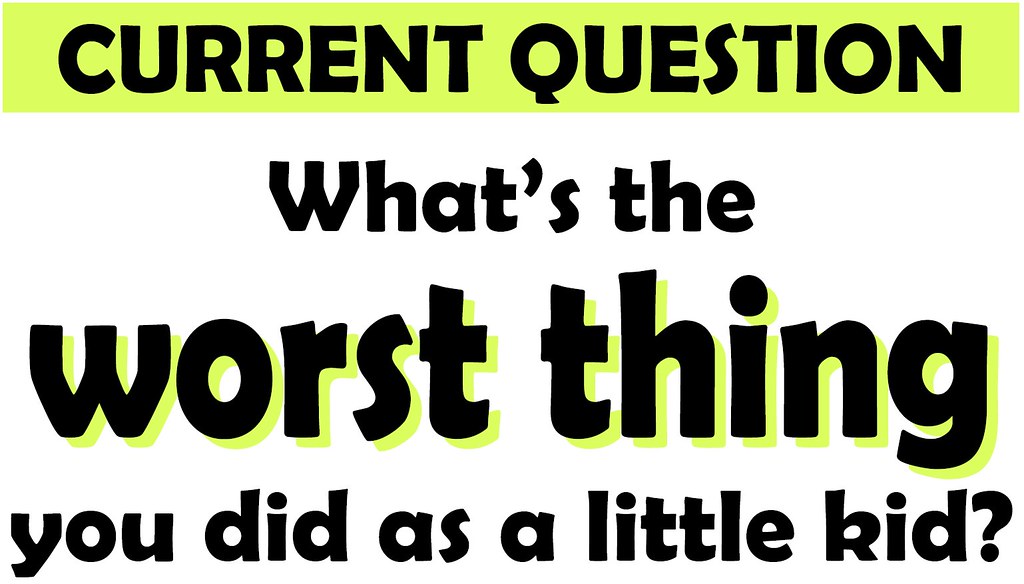
8. **Practical Sentence Examples for ‘Worse’**To truly master the application of ‘worse,’ it’s incredibly helpful to immerse ourselves in a variety of real-world contexts where this comparative adjective shines. Remember, ‘worse’ is specifically designed for comparing two items, situations, or conditions, indicating that one is ‘more bad’ or of a lower quality than the other. Its power lies in establishing a clear, often negative, hierarchy between two distinct points of reference.
Consider instances where personal experiences are compared. One might observe, “I think the pink paint looks worse on the wall than the red paint did,” clearly pitting two specific paint colors against each other in terms of aesthetic appeal. Or, perhaps, when discussing health, a person could state, “The pain in my foot is worse today than yesterday,” highlighting a direct deterioration between two points in time. These examples demonstrate how ‘worse’ allows for a precise evaluation of decline or inferiority when focused on a pair.
Furthermore, ‘worse’ is frequently employed to describe ongoing negative trends or shifts. An individual might lament, “His grades have been getting worse as the term progresses,” illustrating a continuous decline when comparing current academic performance to previous periods. Similarly, in the realm of culinary experimentation, one could conclude, “The recipe tasted worse after I added vinegar,” a direct comparison between the dish’s flavor before and after a specific ingredient was added, noting a negative change.
Even in more nuanced expressions, ‘worse’ maintains its comparative function. When reflecting on an injury, someone might say, “Though Avery skinned his knee, he was none the worse for wear,” meaning he didn’t suffer any significant or lasting negative effects *compared to* what might have been expected. Whether detailing a deterioration, contrasting qualities, or evaluating impacts, ‘worse’ is the indispensable tool for expressing a ‘more bad’ relationship between two distinct elements.
Read more about: Mastering ‘Worse’ and ‘Worst’: Your Essential Guide to Navigating Common Grammar Pitfalls
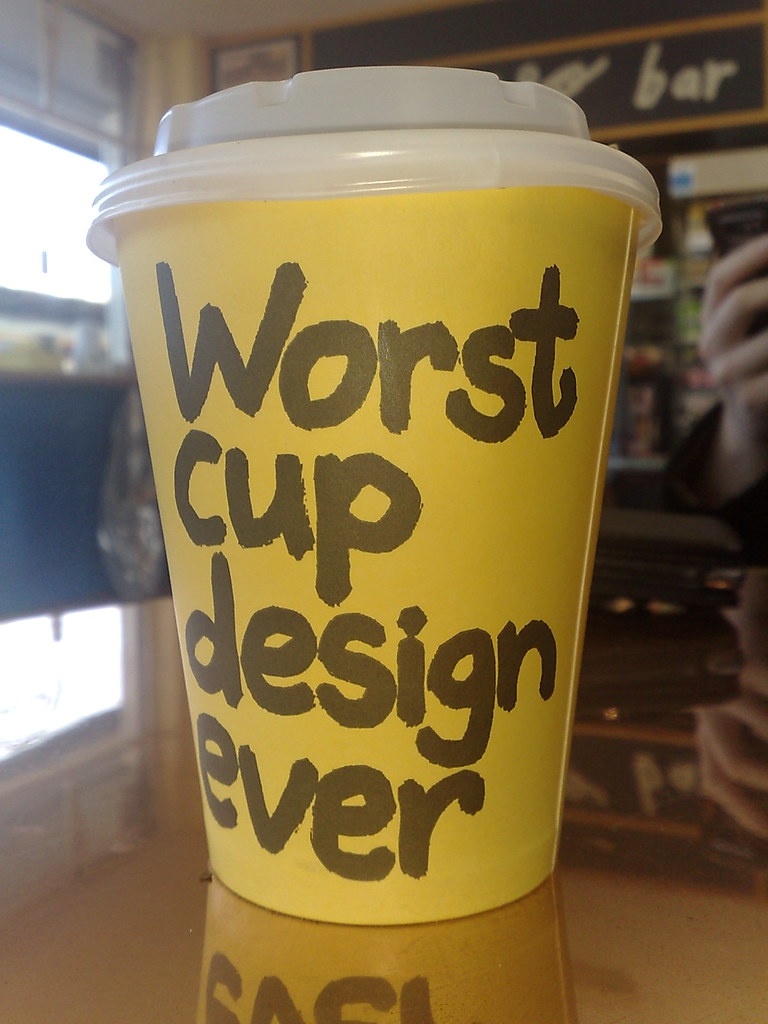
9. **Practical Sentence Examples for ‘Worst’**Having established the comparative usage of ‘worse,’ let’s now turn our attention to ‘worst,’ the superlative form that denotes the absolute pinnacle of negativity or inferiority within a group of three or more, or indeed, among all possible options. ‘Worst’ is the definitive statement that something is ‘most bad,’ standing at the very bottom of the quality or desirability scale. Its application conveys an ultimate, unparalleled degree of undesirability.
Consider a scenario in sports, where multiple participants are involved. The statement, “Debra Deer had a worse finishing time than Charlie Cheetah, but Sam Sloth had the worst time by far,” perfectly illustrates this. While Debra’s time was inferior to Charlie’s, Sam’s time was unequivocally the slowest among all the runners, positioning him at the absolute bottom. This use of ‘worst’ goes beyond a simple two-way comparison, establishing an ultimate ranking within a larger collective.
In broader contexts, ‘worst’ can describe an absolute extreme, even without explicitly naming every element in the comparison. For example, declaring, “That was the worst idea I have ever heard,” implies that out of every idea conceived, this one is supremely flawed, unrivaled in its lack of merit. Similarly, after a particularly disappointing meal, one might exclaim, “That was the worst meal I’ve ever eaten,” positioning it at the very nadir of all dining experiences.
The word is also crucial in identifying the least desirable component of a larger whole. “The worst part about hiking the trail is the steep incline at the beginning” isolates a specific feature as the most challenging element of the entire hike. From identifying “the worst student in a class” (the one who scores lowest or misbehaves most) to acknowledging “the worst wildfire in the region’s history,” ‘worst’ consistently serves to highlight the single most extreme negative instance within any given category or group, leaving no ambiguity about its ultimate inferiority.
Read more about: Mastering ‘Worse’ and ‘Worst’: Your Essential Guide to Navigating Common Grammar Pitfalls
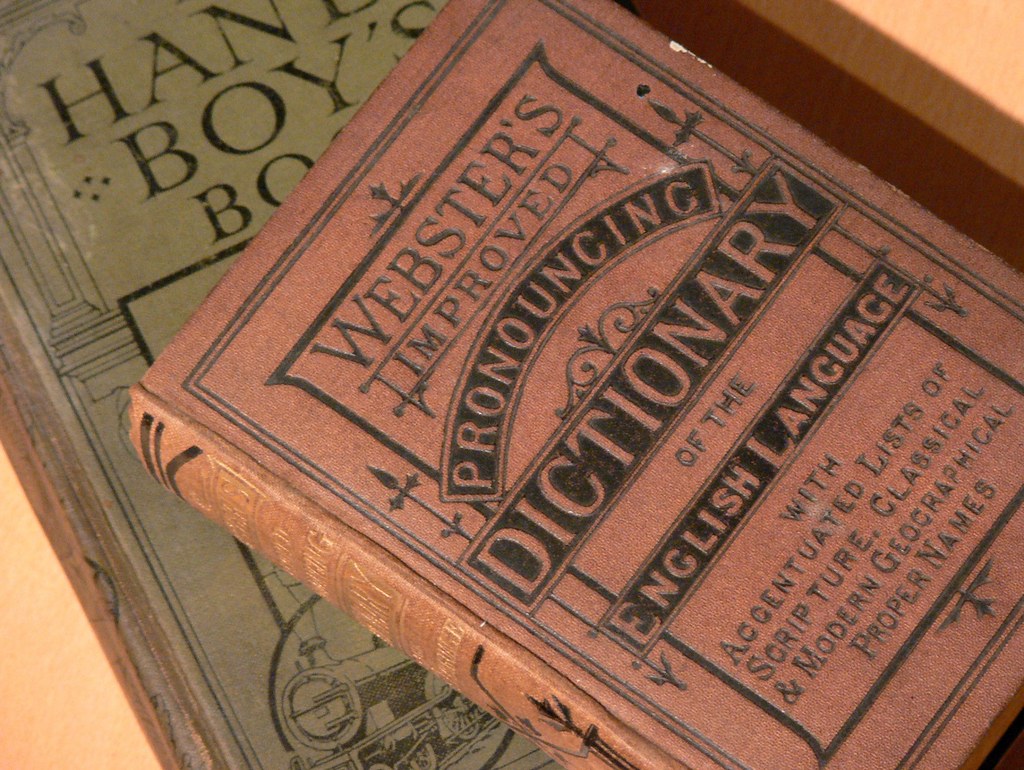
10. **’Worst’ as a Noun: Beyond Adjective**While ‘worst’ is predominantly recognized as a superlative adjective, its versatility extends into the realm of nouns, where it takes on an intriguing and impactful role. When employed as a noun, ‘worst’ refers to “something that is worst,” encapsulating the absolute lowest quality, condition, or outcome. This grammatical shift allows for concise and powerful expressions about ultimate negativity, often in the context of preparing for or describing dire situations.
A classic example of ‘worst’ functioning as a noun is found in the common advice to “Prepare for the worst.” Here, “the worst” stands in for the most unfavorable or difficult circumstances imaginable, serving as a collective term for all potential calamities. This usage is about acknowledging and mentally bracing for the ultimate downside, demonstrating the noun’s capacity to represent an abstract concept of extreme adversity without needing to specify the exact nature of the misfortune.
Furthermore, idiomatic phrases such as “at worst” or “get the worst of something” vividly demonstrate ‘worst’ in its noun form. “At worst,” as in “He will be expelled from school, at worst,” conveys the most severe possible consequence or condition that could arise. Similarly, “to get the worst of a fight” means to suffer the greatest defeat or disadvantage, indicating a clear negative outcome without explicitly detailing the defeat itself.
The ability of ‘worst’ to operate as a noun enriches its utility in everyday language, allowing for a shorthand to discuss absolute lows or ultimate defeats. It condenses complex ideas of extreme negativity into a single, potent word, proving its indispensable role in articulating scenarios where matters have reached their most undesirable point. This flexibility underscores its profound importance in both formal and informal communication.
Read more about: Navigating the Grammar Highway: Avoiding the Worst Mistakes with ‘Worse’ and ‘Worst’
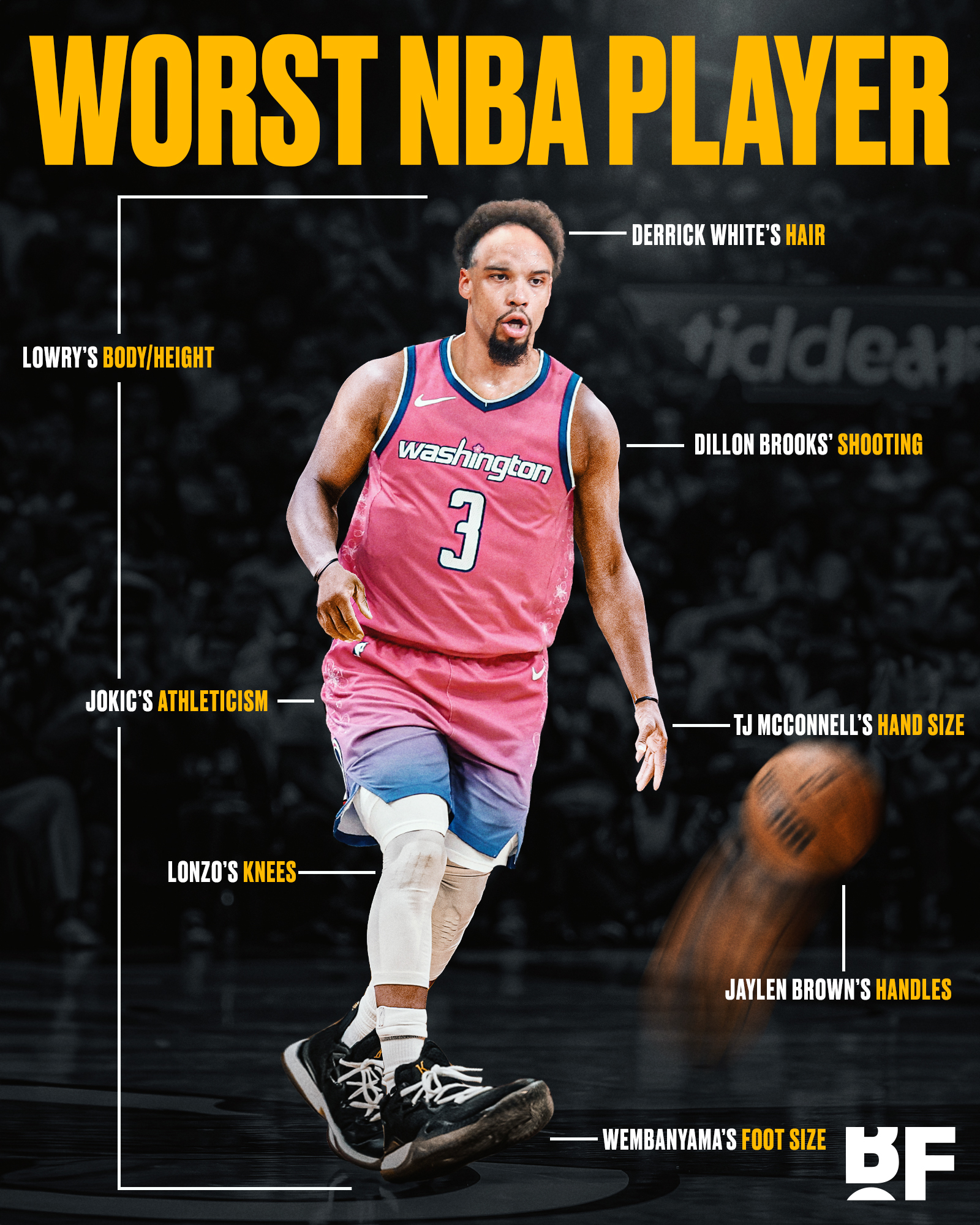
11. **’Worst’ as an Adverb and Verb: Expanding its Lexical Scope**Beyond its familiar roles as an adjective and noun, the word ‘worst’ possesses an even broader linguistic reach, capably serving as both an adverb and, less commonly, a verb. These additional applications further highlight its multifaceted nature and its capacity to convey varying degrees of ultimate negativity or extreme action. Understanding these forms deepens our appreciation for its full lexical spectrum.
As an adverb, ‘worst’ functions as the superlative of ‘badly,’ describing something done “in as bad a manner as possible” or “in the greatest degree.” This usage emphasizes the extreme quality of an action. For instance, one might say that a certain task was executed “worst of all the attempts,” implying that its performance was utterly flawed, surpassing all others in its inadequacy. It paints a vivid picture of absolute ineptitude or the most severe intensity of an action.
The context provides that as an adverb, ‘worst’ means “in the most evil, wicked, severe, or disadvantageous manner” or “with the most severity, intensity, etc.; in the greatest degree.” This clarifies that when ‘worst’ modifies a verb or another adverb, it pushes the action or quality to its absolute lowest or most extreme point. It’s about how an action fares compared to all other possibilities, consistently landing at the bottom of the scale.
Perhaps the least common, yet still existing, form is ‘worst’ as a transitive verb. In this capacity, ‘worst’ means “to defeat” or “to beat” someone or something. The example provided, “He worsted him easily,” succinctly illustrates this usage, indicating that someone was decisively overcome. While not as frequently encountered as its other forms, this verbal application adds another layer to ‘worst,’ demonstrating its power to articulate complete vanquishment or superiority in a negative contest.
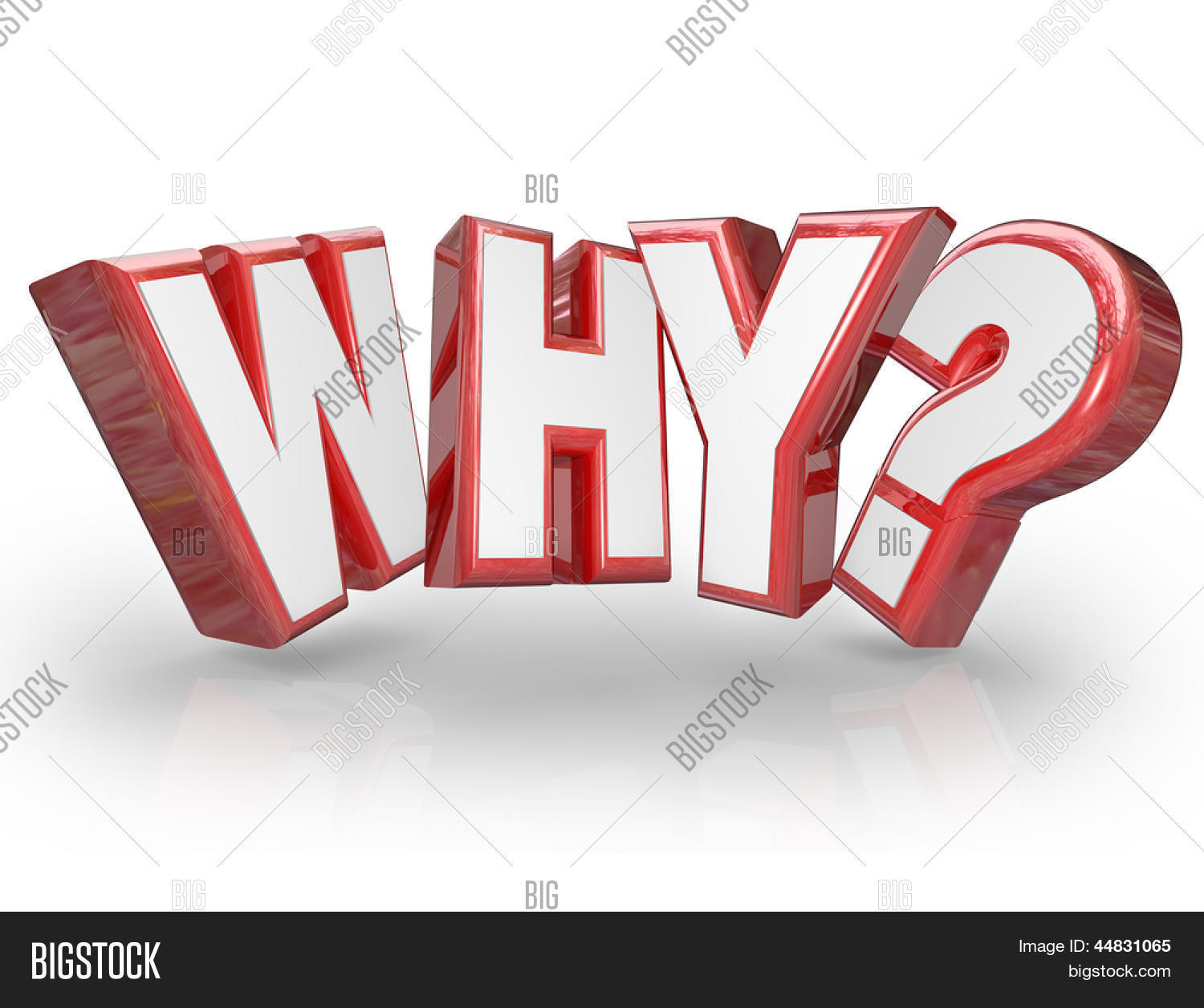
12. **Why the Confusion Lingers: A Linguistic Conundrum**Despite the clear grammatical distinctions between ‘worse’ and ‘worst,’ these two closely related words continue to trip up even seasoned communicators. This persistent confusion isn’t merely a minor linguistic hiccup; it points to deeper cognitive tendencies and the inherent complexities of the English language. Unpacking why this mix-up remains so common is key to finally banishing the uncertainty.
One primary reason for the lingering confusion stems from their undeniable phonetic and orthographic similarity. Both words begin with ‘w’ and contain the ‘or’ sound, making them sound alike in rapid speech, and their visual resemblance can lead to hasty choices in writing. The context notes that “because they look and sound so similar, it can be easy to mix them up, especially in certain expressions.” This superficial likeness often overrides the distinct grammatical roles they play.
Furthermore, while English often forms comparatives by adding ‘-er’ and superlatives by adding ‘-est’ (e.g., fast, faster, fastest), ‘bad,’ ‘worse,’ and ‘worst’ are irregular forms. This irregularity means they don’t conform to the more predictable patterns that learners might rely on. Though ‘worst’ and ‘best’ retain the ‘-est’ ending, the shift from ‘bad’ to ‘worse’ rather than ‘badder’ can be a point of stumble, breaking the expected grammatical rhythm and increasing the cognitive load of selection.
Ultimately, the core challenge lies in accurately discerning the *degree* of negativity one intends to convey. As the context highlights, “the crucial difference between worse and worst lies in the degree of badness that each refers to.” Incorrectly substituting one for the other can subtly, yet significantly, alter the intended meaning, weakening the clarity and impact of a message. Mastering this distinction is not just about grammatical correctness; it’s about conveying precise insights with undeniable clarity, as the stakes in critical communication are higher than ever.
And there you have it – a thorough exploration of ‘worse’ and ‘worst’ that we hope has illuminated their nuanced differences and clarified their proper application across various contexts. From pinpointing subtle declines to declaring ultimate extremes, and even appreciating their less common roles as nouns, adverbs, and verbs, these words are truly invaluable tools in the English language. By understanding the specific degree of “badness” each word represents, you’re not just improving your grammar; you’re enhancing your ability to communicate with precision and power. So, go forth and wield ‘worse’ and ‘worst’ with confidence, ensuring your message is always clear, accurate, and impactful.


